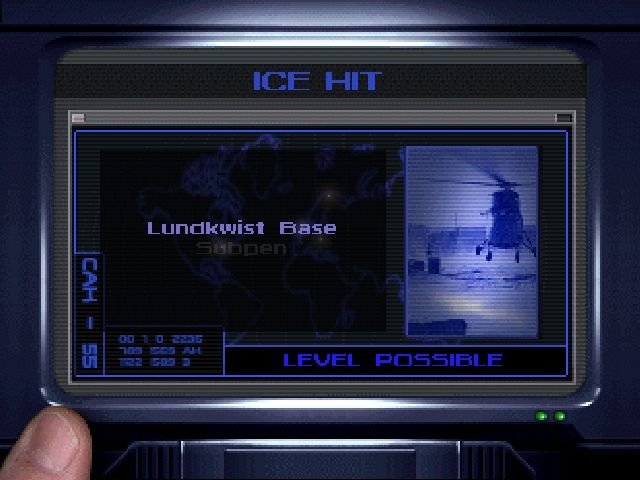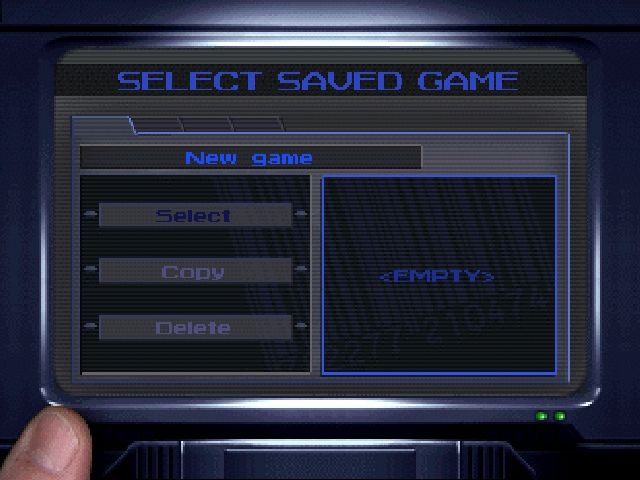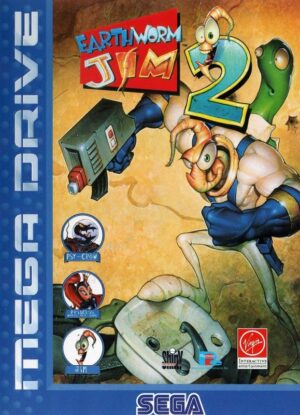Retro Replay Review
Gameplay
The core of Mission: Impossible centers on stealth-driven, third-person action, delivering 24 varied levels that keep players on their toes. From infiltrating heavily guarded compounds to daring rooftop chases, each mission tasks you with utilizing Ethan Hunt’s trademark agility and resourcefulness. The balance between pure stealth and explosive action sequences ensures that no two levels feel exactly the same, fostering a sense of unpredictability as you decide whether to sneak past guards or neutralize them with non-lethal gadgets.
Player control is intuitive yet deep, offering a toolkit of IMF-approved gadgets like night-vision goggles, EMP devices, and lockpick tools. Crawling through vents, scaling walls, and silently dispatching patrolling enemies become second nature once you master the contextual prompts and cover mechanics. Combat encounters, when unavoidable, unfold with a satisfying blend of hand-to-hand takedowns, pistol skirmishes, and occasional vehicle sequences that add variety without overcomplicating the learning curve.
Level design shines in its pacing, alternating between tight, claustrophobic interiors and sprawling outdoor environments. The mission objectives range from defusing bombs to extracting stolen data, each with optional side objectives that reward thorough exploration. This encourages revisiting earlier levels with fresh tactics, as a single misstep can trigger alarms and escalate security, turning a covert operation into all-out firefight. Such high stakes keep players invested and engaged throughout the experience.
Graphics
While Mission: Impossible may not push the hardware limits of its era, it still offers a respectable visual presentation that captures the film’s globe-trotting flair. Each environment—from snowbound mountain bases to sun-drenched Middle Eastern fortresses—features distinct architectural details and atmospheric lighting. Textures hold up well in close-ups, and the game’s palette alternates between shadowy interiors and vibrant exteriors to reinforce the stealth-versus-action dynamic.
Character models for Ethan Hunt and his IMF team exhibit a solid likeness to their cinematic counterparts, though minor facial animations can feel stiff during cutscenes. Enemy guards display adequate variety in uniforms and behavior, reacting dynamically when they spot you or investigate disturbances. Particle effects for explosions, smoke grenades, and muzzle flashes add polish to combat-heavy moments, while subtle weather effects like drifting snow or flickering fluorescent lights enhance immersion.
Cutscenes blend in-engine footage with occasional pre-rendered sequences, tying the loose movie plot threads together without straying too far from gameplay. Transitions between gameplay and story segments are seamless, maintaining momentum and avoiding jarring shifts in visual fidelity. Overall, the graphics serve the narrative and gameplay effectively, creating an environment that feels both credible and cinematic.
Story
Mission: Impossible unfolds a narrative loosely adapted from the movie, grounding Ethan Hunt in a personal quest after being framed for a catastrophic IMF operation. The storyline moves at a brisk pace, with each level representing a key step in Hunt’s effort to clear his name. Guided by terse mission briefings and radio chatter from IMF colleagues, the plot stakes rise steadily as international terrorists close in and government conspiracies deepen.
Dialogue is serviceable, with voice actors capturing the urgency and professionalism expected of an elite spy team. Relationships between Hunt and supporting characters like Luther and Franz provide occasional moments of levity and camaraderie, softening the intensity of high-risk missions. While the narrative doesn’t explore deep emotional arcs, it holds together well enough to keep players motivated through repeated stealth attempts and explosive showdowns.
Story pacing can feel episodic—each mission wraps up plot threads while introducing new twists, sometimes at the expense of deeper character development. However, this approach mirrors the movie’s blockbuster style, prioritizing action-packed sequences over intricate storytelling. By the final act, revelations about who engineered the betrayal deliver a satisfying payoff, ensuring that the journey to vindication feels worthwhile.
Overall Experience
Mission: Impossible stands out as a solid movie tie-in that transcends mere brand attachment, offering a robust stealth-action formula with enough variety to maintain player interest across its 24 missions. The blend of gadget-driven infiltration and occasional explosive outbursts strikes a comfortable balance for fans of both tactical gameplay and cinematic thrills. It may not break new ground in the genre, but it executes familiar mechanics with confidence and polish.
Some rough edges—like occasional camera hiccups in tight corridors and slightly repetitive guard AI—surface after extended play sessions. Yet the game’s strengths in level design and mission variety compensate for these minor flaws, encouraging strategic thinking and multiple playthroughs to uncover hidden objectives. For players seeking an immersive spy experience tied to a recognizable franchise, this title delivers enough value to justify the investment.
Ultimately, Mission: Impossible offers an entertaining ride for stealth aficionados and casual action fans alike. Its approachable controls and steady pacing make it accessible to newcomers, while optional challenges and replay incentives keep veteran players engaged. Whether you’re in it for the suspense of covert infiltration or the satisfaction of outsmarting heavily armed foes, this game provides a rewarding journey into the world of espionage under the IMF banner.
 Retro Replay Retro Replay gaming reviews, news, emulation, geek stuff and more!
Retro Replay Retro Replay gaming reviews, news, emulation, geek stuff and more!









Reviews
There are no reviews yet.